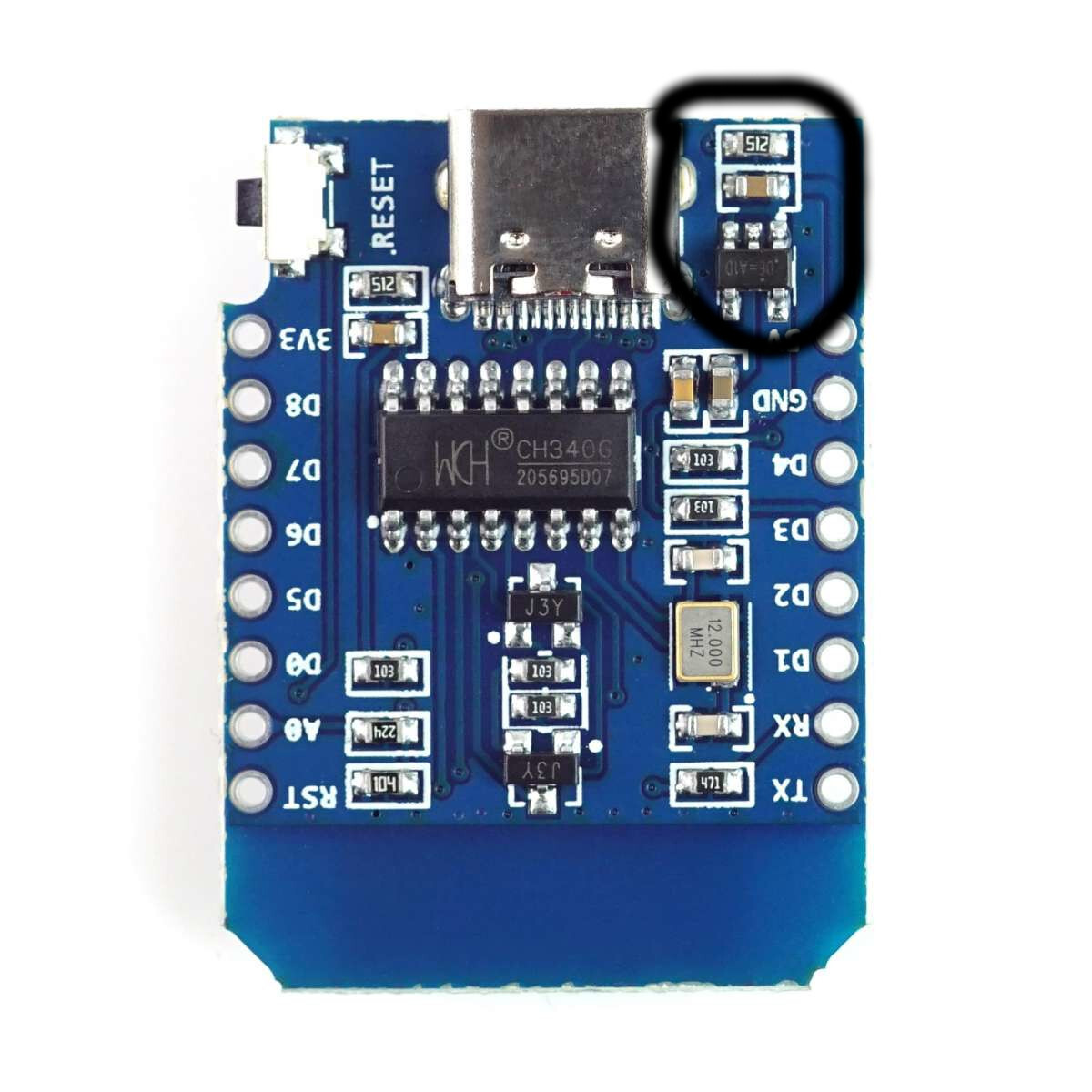And that's mostly the "bullshit IoT" category. It's not like the demand for phones and laptops exploded in the last years, it's IoT, AI and other useless crap - regardless of the process node.
leisesprecher
We could start by not requiring new chips every few years.
For 90% of the users, there hasn't been any actual gain within the last 5-10 years. Older computers work perfectly fine, but artificial slow downs and bad software cause laptops to feel sluggish for most users.
Phones haven't really advanced either. But apps and OSes are too bloated, hardware impossible to repair, so a new phone it is.
Every device nowadays needs wifi and AI for some reason, so of course a new dishwasher has more computing power than an early Cray, even though nothing of that is ever used.
Usually ~/devel/
On my work laptop I have separate subdirs for each project and basically try to mirror the Gitlab group/project structure because some fucktards like to split every project into 20 repos.
I'm 90% sure these deals are a way to funnel money into defense contractors without having a suspicious paper trail.
Overcharge a bit here and there, and by sheer volume you get a nice shadow budget to build and operate things that aren't even supposed to exist.
Ansible is actually pretty nice, if you get the hang of it. Not perfect, but better than triple tunnel ssh.
You could simply automate step by step, each time you change something, you add that to the playbook and over time you should end up with a good setup.
Flakey dev setups are productivity killers.
The real question is why you're torturing yourself by manually fixing that stuff? Don't you terraform your Ansibles?
These schemes never work forever. But the big investors usually know when to jump ship.
Not for the shareholders. And that's exactly the problem.
Admittedly, I only ever entered an operating room under anesthesia, but could you just, you know, put the displays somewhere else?
This seems like one of those informercial "problems".

I use Karch, btw.